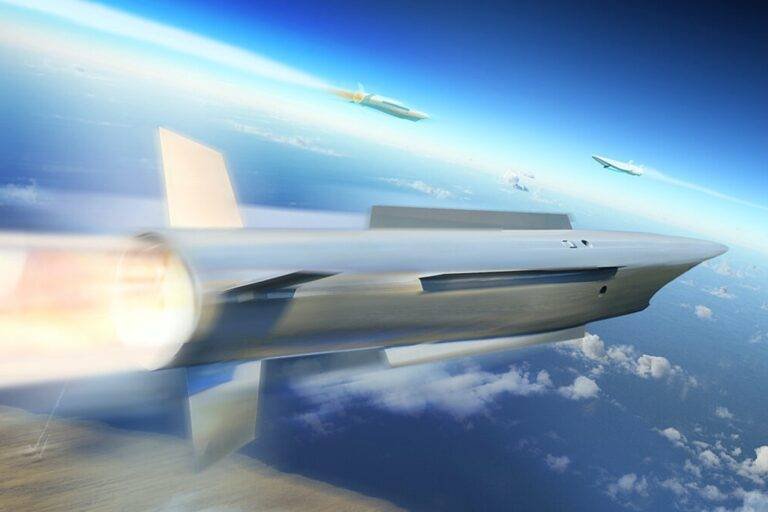After years of contributing as merely an observer, a spokesman for the German Defense Ministry has confirmed that the German government has joined the European Union’s TWISTER (Timely Warning and Interception with Space-Based Theater Surveillance) project. A French-led effort to track, intercept and destroy the next-generation of fast-moving hypersonic missiles, the project also includes Italy, Spain, Finland, and the Netherlands as active participants.
Announced in late October of this year, this move firmly cements the European nation as a full participant.
“[TWISTER’s objectives] firmly align with German interests,” the spokesman said when confirming they had indeed formalized their active involvement in the project. With Germany on board, Europe may be technologically poised to lead the world in defense against next generation hypersonic weapons.
BACKGROUND: Hypersonics?
Hypersonic missiles and aircraft are still in the development stages.
The Debrief reported in early December that Batelle Memorial Institute is developing thermal protection materials for hypersonic vehicles. Presently, the United States, Russia, China, Australia, India, France, and Germany are all actively developing hypersonic technologies.
To be prepared, Europe’s TWISTER program is implementing a space-based sensor network that can track and intercept objects at an altitude of over 100 kilometers that are moving at a hypersonic Mach 5. The project still has a long way to go, but the goal is to have the system running by 2030.
ANALYSIS: How to Defend Against Hypersonic Missles?
When speaking to The Debrief about the state of hypersonic missile programs, Julia Moore of the PR firm Weber Shandwick who handles leaders in this field, pointed us to Lockheed Martin, whose website states:
“The next five years will be a critical time in development of hypersonic strike systems. Traveling at speeds of over Mach 5 (compared to the speed of sound at Mach 1), these systems are built with advanced material that can sustain extremely hot and cold temperatures within space.”
Trying to intercept vehicles traveling at such extreme speeds offers a daunting set of challenges for the TWISTER team to face.
Fortunately, their primary engineering partner MBDA, who is overseeing the project’s interceptor portion, is uniquely qualified to tackle just such a program.
As stated on the company’s website regarding their role in the program, they will develop an “endo-atmospheric interceptor [that] will address a wide range of threats including maneuvering ballistic missiles with intermediate ranges, hypersonic or high-supersonic cruise missiles, hypersonic gliders, anti-ship missiles and more conventional targets such as next-generation fighter aircraft.”
The website further states that “this interceptor will integrate existing and future land and naval systems.”
OUTLOOK: TWISTER, Hypersonic Missiles, and Holding The Line
As of today, hypersonic missiles are still mostly in the development stages, but if Lockheed Martin is correct and the actual implementation of these systems is right around the corner, then equally advanced systems designed to track, intercept and destroy these fast-moving weapons of the future will need to be developed before the missiles themselves are a threat.
With their formal entrance into the TWISTER program, Germany and their European Union partners are taking a big step toward making such a defense system viable. Strategically, this system could put Europe at the technological forefront of the 21st-century theater of war.

